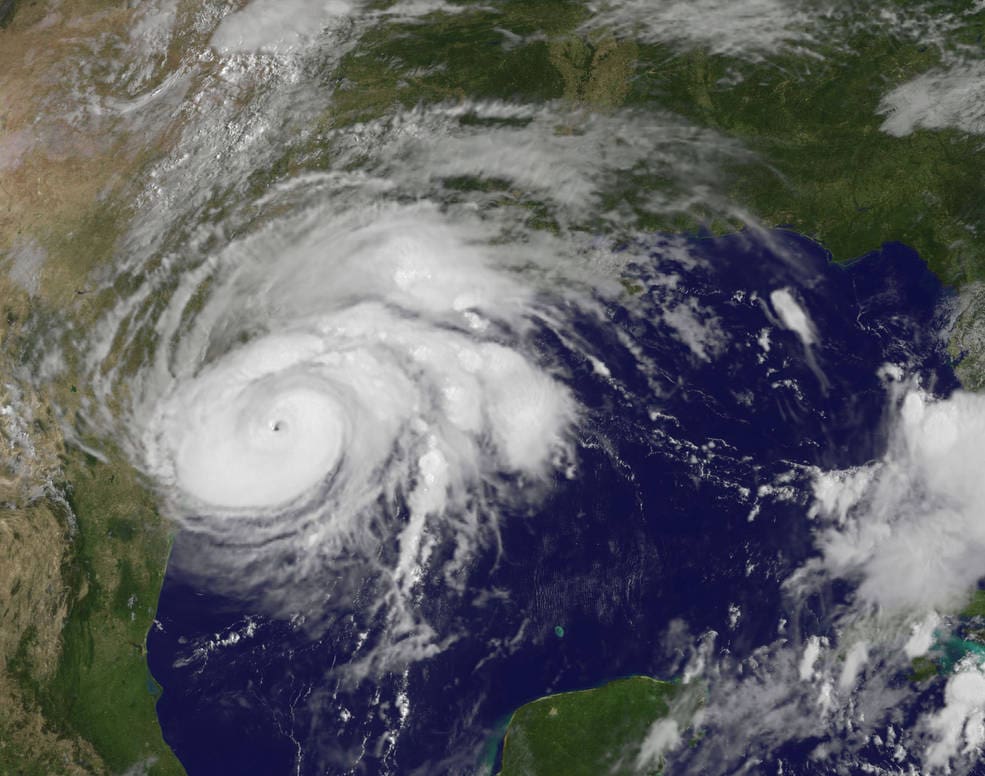Updated September 15, 2017
Long before Hurricane Harvey, millions of low-income Texans relied on the federal nutrition programs including the Supplemental Nutrition Assistance Program (or SNAP, formerly known as food stamps), the Women, Infants and Children program (WIC) and school meals to feed their families. But the devastation and chaos of Harvey left even more Texans financially vulnerable and worrying if they are going to be able put food on the table. Thankfully the federal nutrition programs have the flexibility to respond in times of disaster to ease the burden on affected communities and households.
Officials have started to announce when and where they will implement Disaster SNAP (D-SNAP), a program that would temporarily make SNAP available to households impacted by Harvey. State and federal officials have also taken a series of steps to make it easier for Texans in the disaster area to get help:
SNAP:
- Current SNAP participants can now buy hot foods and hot ready-to-eat foods with their benefits through September 30, temporarily lifting the program’s usual restrictions.
- All recipients in the affected counties saw their September benefits automatically loaded onto their Lone Star Cards on Sept. 1 (instead of having to wait for their usual disbursement date) as well a percentage of their August benefits to replace food that was lost during the storm.
- Households with benefits set to expire in August, September, or October of 2017, will have their cases extended for 6 months. Households who were required to report changes in their financial circumstances during the months of August, September, or October 2017 will be excused from this requirement.
- Under a special evacuee policy, all SNAP state agencies nationwide have the choice of using the program’s expedited service provisions or offering two months of disaster benefits using streamlined program procedures to aid people who have traveled outside Texas to safer ground.
WIC:
- New flexibility granted through September 24 will expand the variety of certain WIC products including eggs, bread and milk allowed to be purchased under the program based on what is available on store shelves.
- Special procedures will allow people to easily enroll and receive food and infant formula benefits, breastfeeding support, and referrals for shelter and other resources. Disaster victims will be asked to sign a self-declaration confirming their need for WIC benefits due to Hurricane Harvey.
- WIC participants who evacuated and lost or left behind WIC foods or formula already purchased can go to any open WIC clinic to get replacement food benefits.
School Meals:
- All schools in areas affected by Harvey are allowed to provide meals to all students at no charge and be reimbursed at the free reimbursement rate through September 30.
- Schools in declared disaster counties have waived the National School Lunch Program meal pattern and meal service time requirements. This will allow schools to serve meals that do not meet the menu planning or meal pattern requirements for schools and child care institutions and other facilities in the affected areas through September 30.
Commodities:
- Seniors who participate in the Commodity Supplemental Food Program in the service areas impacted by the hurricane will now be able to receive two food packages in September to make up for the loss of their August food benefit.
- Through the Disaster Household Distribution program, food banks in affected areas will use their network of pantries to distribute food boxes containing 25-30 pounds of shelf-stable USDA Foods starting September 8.
While we applaud these actions, even more can and should be done. The Texas Health and Human Services Commission announced on September 11 that Disaster SNAP would be available for 11 rural Texas counties starting September 13. Then on September 15, after questions from CPPP, Feeding Texas and others, HHSC added 7 new counties and made the requirements to enroll less cumbersome. These are good steps, but most Harvey victims still don’t know when they will be able to apply.
D-SNAP offers badly needed food assistance to Texans struggling to recover from Hurricane Harvey. HHSC’s announcement that not only will applications be accepted in 7 new counties starting the week of September 18, but that they will now allow evacuees to apply at local offices across the state is excellent news. People from the 18 counties that have now been approved for D-SNAP only a short window of time to apply, so it is critical to make it easier for people displaced by the storm and others to access the program.
Hopefully HHSC will begin rolling out D-SNAP in the remaining counties devastated by Harvey quickly and will continue to improve their processes. The longer families have to wait for aid, the harder it is for them to move on and get back to normal.
Texas officials should also institute steps to simplify the regular SNAP application process as many families will continue to need help after D-SNAP expires. Officials have the flexibility to lift some of our state imposed requirements like the asset test and work requirements. Officials could also potentially waive the three-month SNAP time limit for what are called “able bodied adults without dependents” in counties affected by Harvey. With these additional steps, hopefully one of the legacies of Hurricane Harvey won’t be even more Texans at risk of going hungry.
Have questions about health coverage and Hurricane Harvey? Head here.
